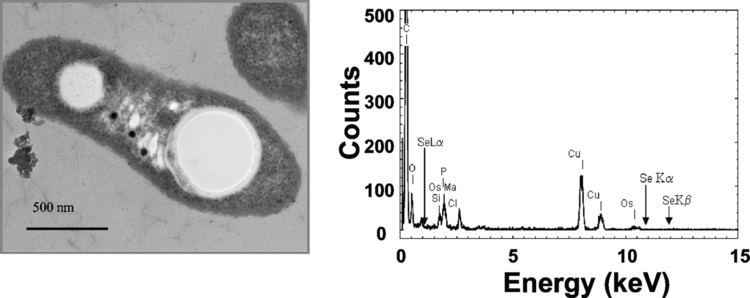Higher classification Cupriavidus | Phylum Proteobacteria Scientific name Cupriavidus metallidurans Rank Species | |
 | ||
Similar Cupriavidus, Bacteria, Ralstonia, Delftia acidovorans, Cupriavidus necator | ||
Cupriavidus metallidurans
Cupriavidus metallidurans strain CH34, (renamed from Ralstonia metallidurans and previously known as Ralstonia eutropha and Alcaligenes eutrophus) is a nonspore-forming, Gram-negative bacterium which is adapted to survive several forms of heavy metal stress. Therefore, it is an ideal subject to study heavy metal disturbance of cellular processes. This bacterium shows a unique combination of advantages not present in this form in other bacteria.


Also it plays a vital role, together with the species Delftia acidovorans, in the formation of gold nuggets, by precipitating metallic gold from a solution of gold(III) chloride, a compound highly toxic to most other microorganisms.



References
Cupriavidus metallidurans Wikipedia(Text) CC BY-SA
